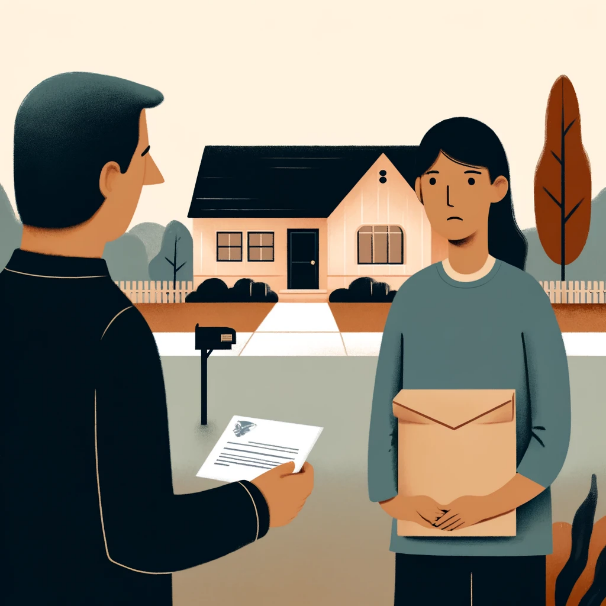Austin Protective Order Attorney
Get Legal Help If a Protect Order Has Been Filed Against You

A protective order is a legal tool designed to prevent family violence by setting specific restrictions on the person it is issued against. If you are facing a protective order in Austin, understanding what it means and how it affects you is crucial.
If you are facing a protective order in Austin, Texas, it's important to understand your legal rights and options. The criminal defense lawyers at Cofer & Connelly, PLLC can help.
Contact Cofer & Connelly, PLLC by calling (512) 991-0576 or contacting us online for a consultation with a protective order lawyer in Austin.
Definition and Purpose of Protective Orders
Protective orders are legal tools that aim to protect individuals from harm or harassment. They can restrict a person’s actions, such as contacting or coming near someone. If you are subjected to a protective order, it means a court has determined there is a reason to limit your actions to protect another person’s safety.
Legal Basis for Protective Orders in Texas
In Texas, the Family Code outlines the legal basis for protective orders. At the end of a hearing for a protective order, the court must decide whether family violence has occurred. If the court finds that family violence has happened, it must issue a protective order against the person who committed the violence. Additionally, the court may issue a protective order that applies to both parties if it serves the best interest of the protected person or their family.
The court typically issues separate orders for each party involved if both are required to do or refrain from doing certain acts. This means that each person receives their own order, ensuring that each party understands the specific conditions they must follow.
Types of Protective Orders and Their Provisions
Protective orders can vary in what they require or prohibit. A protective order may include several provisions. The court can prohibit a person from removing a child from the care of someone named in the order or from the court’s jurisdiction. It can also stop a person from selling or transferring property that is jointly owned, except in the usual course of business. Additionally, the court may grant one party exclusive possession of a residence and may direct another party to leave if the residence is jointly owned or leased.
The court may also set terms for child custody and visitation, require support payments for a child or spouse, and assign possession of certain property to one party.
If the court finds that you have committed family violence, it can order you to take specific actions to prevent further violence. This may include attending a program for battering intervention and prevention (BIPP), undergoing counseling with a licensed professional, or refraining from specific acts such as communicating with the protected person in a threatening manner, going near their residence or workplace, and possessing a firearm.
A protective order can also include provisions for the separation of a wireless telephone service account. If the protected person is the primary user of a wireless number associated with your account, the court can order the separation of that number from your account.

What is the Process of Obtaining a Protective Order in Texas?
To obtain a protective order, an individual applies for it. This process starts with filing an application in court. The court will then schedule a hearing to determine if family violence has occurred. The court must find that family violence has occurred before issuing a protective order. If the court finds that family violence has happened, it will issue a protective order.
Once the application is filed, the respondent (the person the order is against) must be notified of the hearing. If the respondent does not attend the hearing but has been properly served with notice, the court can still issue a protective order. This means that even if the respondent does not show up, the protective order can still be granted if they are given proper notice.
After the hearing, if the court decides to issue a protective order, it will be delivered to the respondent. The order can be delivered in different ways, such as in person in open court, by mail, or as specified by court rules. If the respondent is present at the hearing, the order is usually handed to them directly. If not, the court will mail the order to the respondent and provide a certified copy to the applicant.
Additionally, the court will also notify local law enforcement agencies about the protective order. The court clerk must send a copy of the order to the appropriate police chief or sheriff, depending on where the person protected by the order lives. This is so local law enforcement is aware of the order and can help enforce it.
Duration and Modification of Protective Orders
A protective order in Texas is usually effective for up to two years. However, in some cases, the court can issue a protective order that lasts longer than two years. This happens if the person the order is against has committed a felony involving family violence, caused serious bodily harm, or has been subject to multiple protective orders before.
If you are under a protective order, you can ask the court to review it after one year from the date it was issued. You may also ask for a review every year if the protective order was issued for longer than two years. The court will decide if there is still a need for the order based on the evidence presented. If you are still considered a threat, the order will remain in place.
If you are in jail when the protective order is supposed to expire, the order will be extended. It will then expire one year after your release if you were sentenced to more than five years, or two years after your release if you were sentenced to five years or less.

Our Impact
The Experience and Proven Track Record Your Case Needs
-
200+ Years' Combined Experience
-
95% of Cases Dismissed, Acquitted, or Reduced
-
Thousands of Cases Handled
-
Award-Winning Legal Representation
-
Voted Best Lawyer Five Years in a Row by the Austin Chronicle
-
Former Felony Prosecutors and Judge Defending You

At Cofer & Connelly, we believe every client deserves more—more experience, more strategy, and more commitment. With former prosecutors, award-winning attorneys, and over 200 years of combined experience, we anticipate challenges and fight for the best outcome. When the stakes are high, we don’t settle—we do more.












